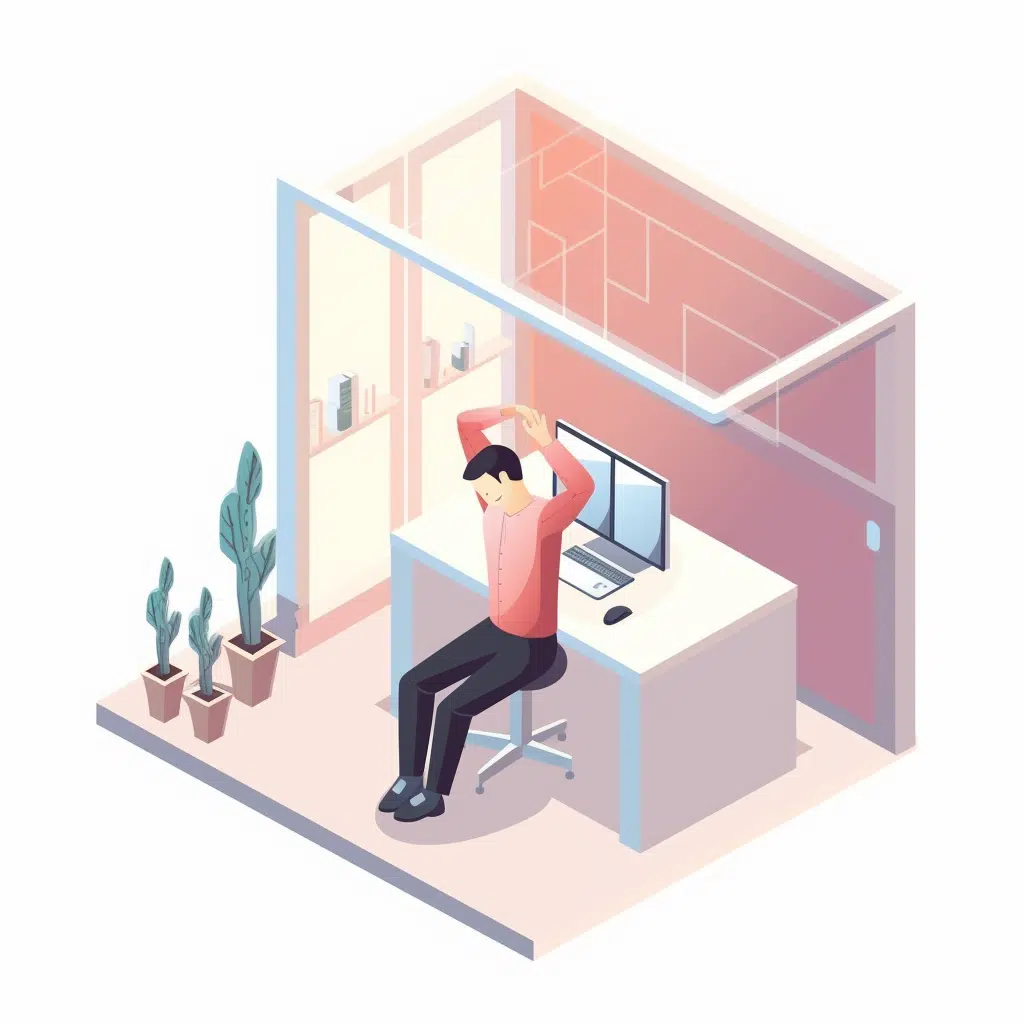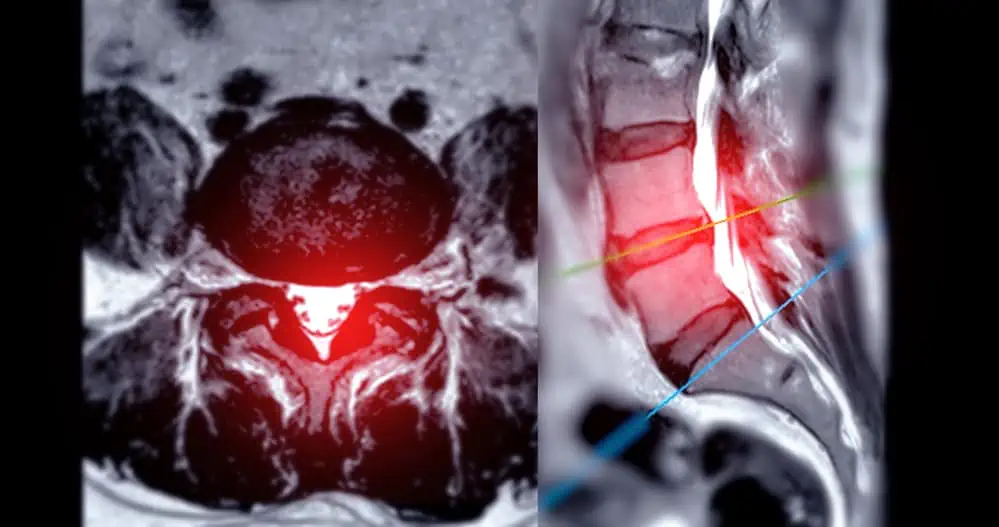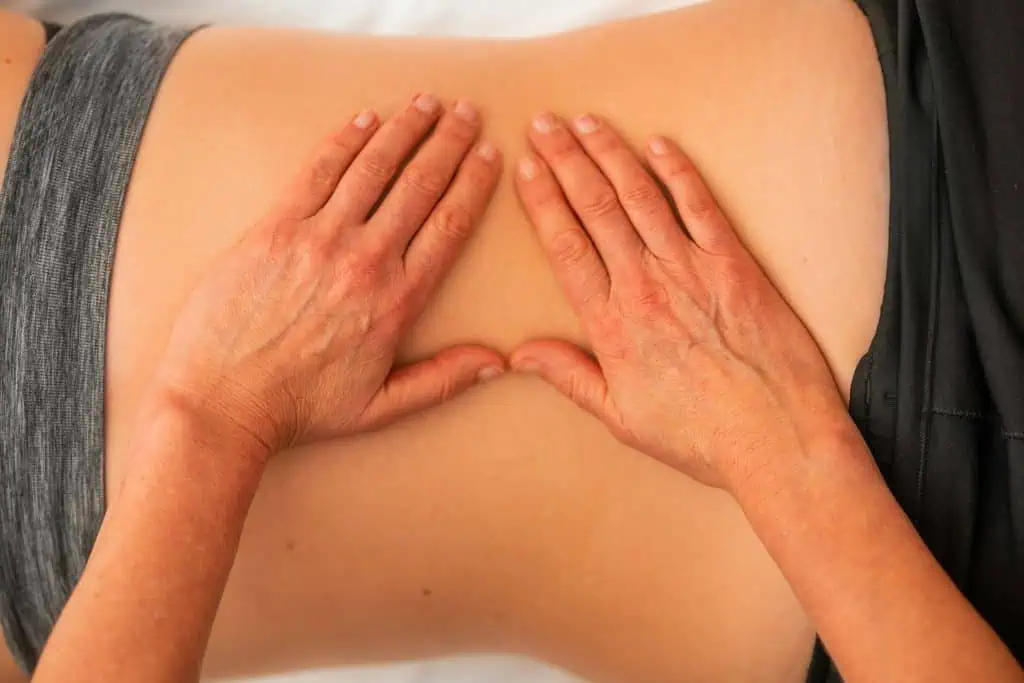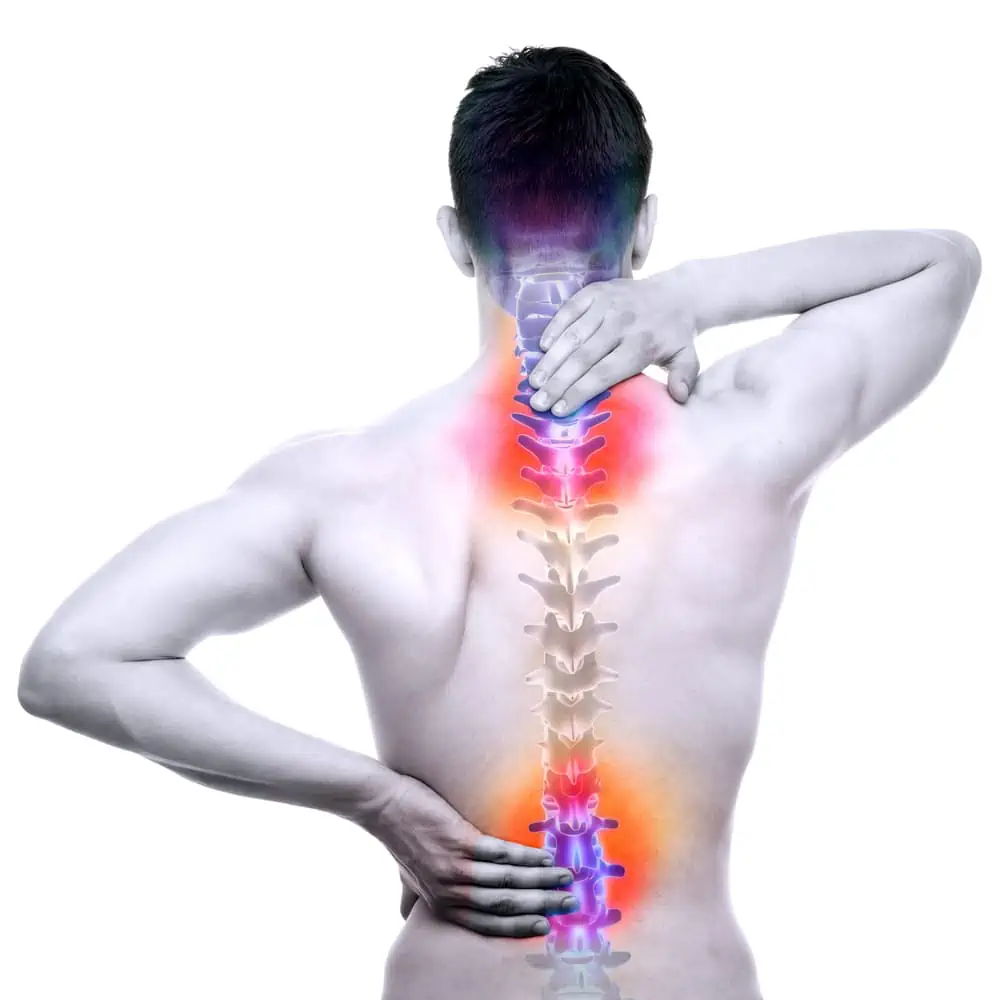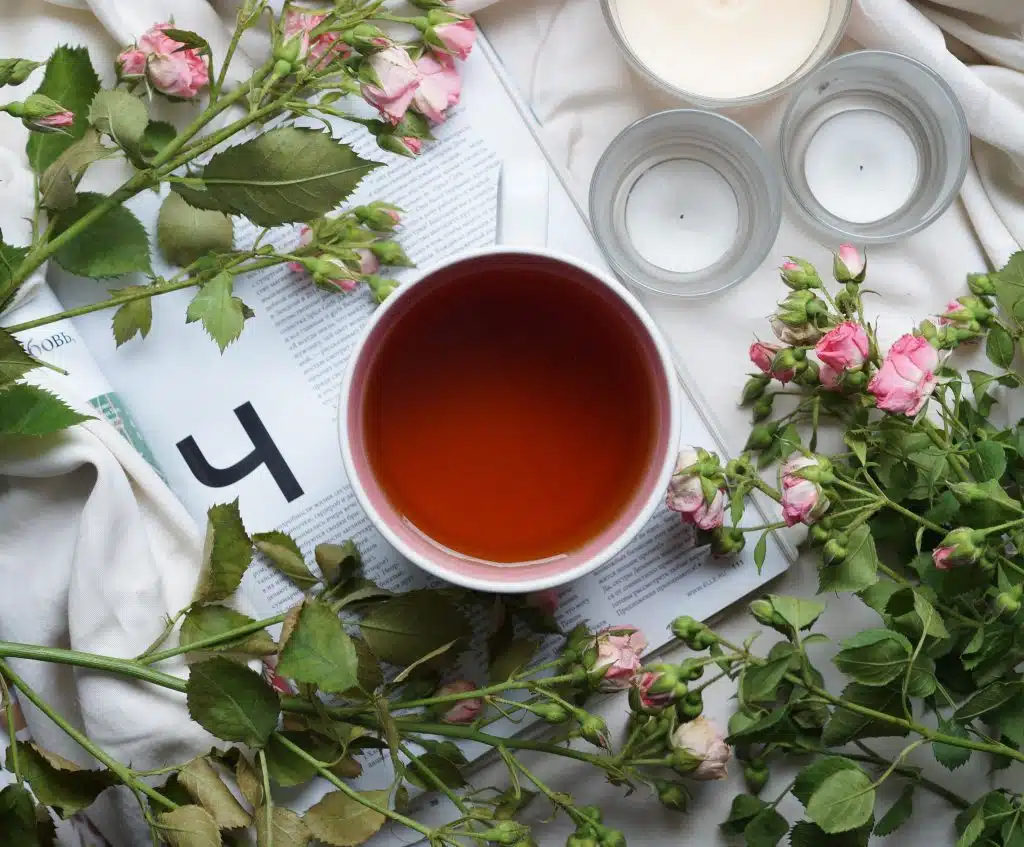Grab your shovel, knee pads and trowel and start planting your way to a beautiful landscape.
Most gardeners are used to adding a few (or a few hundred) bulbs to their gardens in fall. But fall is also a great time to add trees, shrubs and perennials to your yard. The soil is warm and the air cooler, so the plants are less stressed and establish more quickly. And many of these plants are on sale, extending your planting budget.
Fall Bulb Planting
Plant hardy bulbs now for a welcome burst of color next spring. Tulips, daffodils and hyacinths are a few favorites. But don’t overlook lesser-used bulbs like squills, winter aconites and snowdrops. These early bloomers are some of the first to greet you in spring, and the animals tend to leave them be.
Set the bulbs at a depth of two to three times their height. Next, cover them with soil and sprinkle a low-nitrogen, slow-release fertilizer over the soil to promote rooting without stimulating the kind of fall growth that is subject to winter kill. Water them thoroughly and as needed until the ground freezes.
Minimize Pain during Planting
It’s easy to take care of your knees and back when planting spring bulbs. Use a kneepad or kneeler to protect your knees and hold your back as straight as possible when reaching down to plant. If you experience back pain stemming from lumbar instability, a herniated disc, degenerative disc disease or just general muscle weakness, a back brace can help you maintain the proper posture – and help you avoid more pain in the future. Similarly, a wrist brace can help combat carpal tunnel syndrome, tendonitis and arthritis to help you plant more easily.
Use a trowel with a cushioned grip or a long-handled bulb planter that allows you to dig the planting holes with minimal bending and kneeling. If you must bend over, remember that bending the knees and hips while tightening your abs is much safer than bending at the back. But always try to avoid bending for long periods of time.
Safely Plant Perennials, Trees and Shrubs
Fall is also a good time to plant perennials, trees and shrubs. Select plants suited to the growing conditions and be sure to give them plenty of room to reach their mature size.
Protect your body and avoid damaging your newly purchased trees and shrubs with proper transport, planting and care. Ask for help unloading, moving and planting bulky and heavy plants. You’ll find an extra set of hands makes these heavy jobs go faster with less stress on your body. Together, squat to grab the object and hold it close to your bodies as you lift. As you move, avoid twisting your body and take small steps. Squat again to set it down, keeping your back straight and your core tight.
You can also utilize tools and equipment to help lighten the load. For instance, a wheelbarrow or even just an old snow saucer with a towing rope can help you easily move plants from your vehicle to the planting hole.
Fall Planting Tips
Plant trees so the root flare (the place where the roots curve away from the trunk) is even with the soil surface. Dig a hole the same depth as the rootball and about two to five times as wide. When digging the hole, use a long-handled shovel to move manageable amounts of soil, and be sure to lift with your legs and avoid twisting your body. Roughen the sides of the hole and backfill it with the existing soil. Water the tree thoroughly and spread a 2- to 3-inch layer of mulch over the soil surface, keeping it away from the tree trunk.
Follow a similar planting procedure for perennials and shrubs. Plant these so the crown (the place where stems meet the roots) is even with the soil surface. And be sure to keep the mulch away from the stems.
Adding a few new additions to the landscape now will give you more time for spring gardening tasks, including a few early season plantings in your flower and vegetable gardens. And doing it safely will reduce your risk pain in the future.



